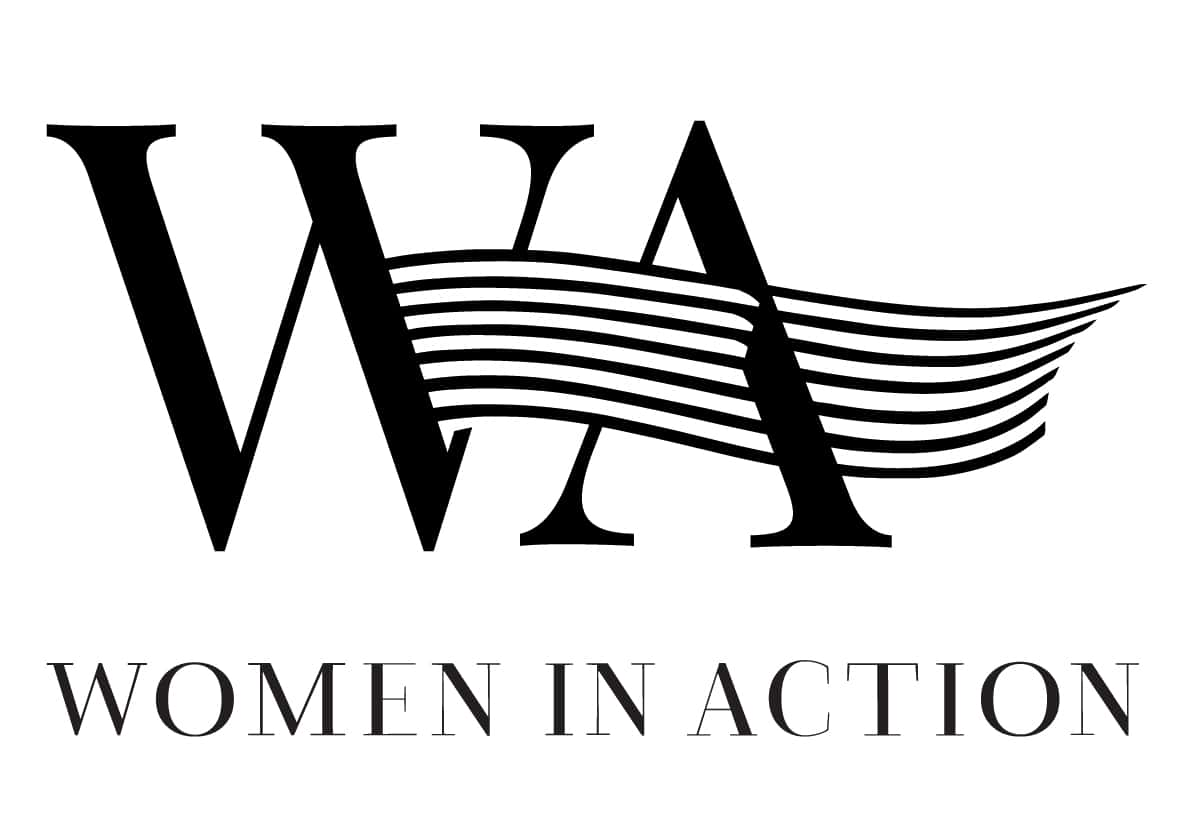Expanding into foreign markets is probably every entrepreneur’s dream. But breaking through your product into the European Union and the countries of the European Economic Area – it’s not just that. There are a lot of important things to be done. And one of them is the CE certificate which will help you become successful in other countries.
What is a CE certificate and what does the CE marking represent?
A CE-marked product is a product that complies with all relevant European Union directives and legislation.
The CE marking does not mean that a product is manufactured in the EU but that it can be traded in the European Economic Area (EEA) and that it meets conditions ranging from safety through health protection to environmental protection.
To put it simple, if you want to offer your product on foreign markets within the EEA (EU countries and Turkey), CE certification is mandatory. The 27 EU member countries and 3 EFTA states (Iceland, Norway and Liechtenstein) are included in the EEA. The CE marking is not a guarantee of quality, as many people perceive it to be. But it is the first indicator.
BEWARE: the CE marking of parasitic brand China Export! The mark varies in appearance, with the letter E having an extra white shadow. This designation is not recognised.
What products are subject to CE certification?
However, product certification is not mandatory for every product offered within the EEA. It is only required for certain categories that are specified by the Directives on the use of the CE marking.
Products with a CE certificate obligation include:
- mobile phones
- computers
- energy-consuming equipment (TV, fridge …)
- medical products
- toys for children
- measuring equipment
- pressure equipment
- production machines
- etc.
Products such as chemicals, beauty products or food. A CE certificate is not required for these products.
How to get CE marking in 6 steps:
If you don’t know how to get a CE certificate, don’t be sad, we have a simple guide for you.
Step 1: Identification of directives and harmonized standards affecting the product
Product categories with CE marking obligations are set out in more than 20 directives. The essential requirements to be met by these products (safety, health and environmental protection) are also harmonized at EU level and can be found in the general terms of these directives. All harmonized standards issued by the EU include a reference to a specific directive.
Step 2: Product-specific requirements
Specific requirements are further specified for each product. There is no obligation to use harmonized standards to comply with relevant EU legislation. It’s up to you what you choose, it’s important to meet the basic requirements.
Step 3: Need for independent conformity assessment by a notified body
Certain product categories require an independent and objective assessment of compliance with the requirements for CE marking. This third party is authorized by the competent state authorities and is officially reported to the Commision and recorded in the NANDO (New Approach Notified and Designated Organisations) database.
Step 4: Testing and compliance
Responsibility for testing and compliance with EU law lies with the manufacturer. A risk assessment must always be part of the procedure.
Step 5: Technical documentation required
In the next step, the manufacturer must draw up the technical documentation to assess the product’s compliance with the relevant requirements and to assess the risk. The ES declaration of conformity and the technical documentation must be kept available at all times in case of a request from a competent state authority.
Step 6: Introduction of CE marking on a given product and ES declaration of conformity
The CE marking shall be affixed to the product by the manufacturer or his agent. This marking must be placed visibly, legibly and indelibly on the product or be directly on the label. If a notified body is involved, its identification number must also be provided. The manufacturer is also responsible for drawing up and indicating the inscription “ES declaration of conformity”.
So this is where it ends and begins at the same time! The product is ready for the foreign market and goes into business!







